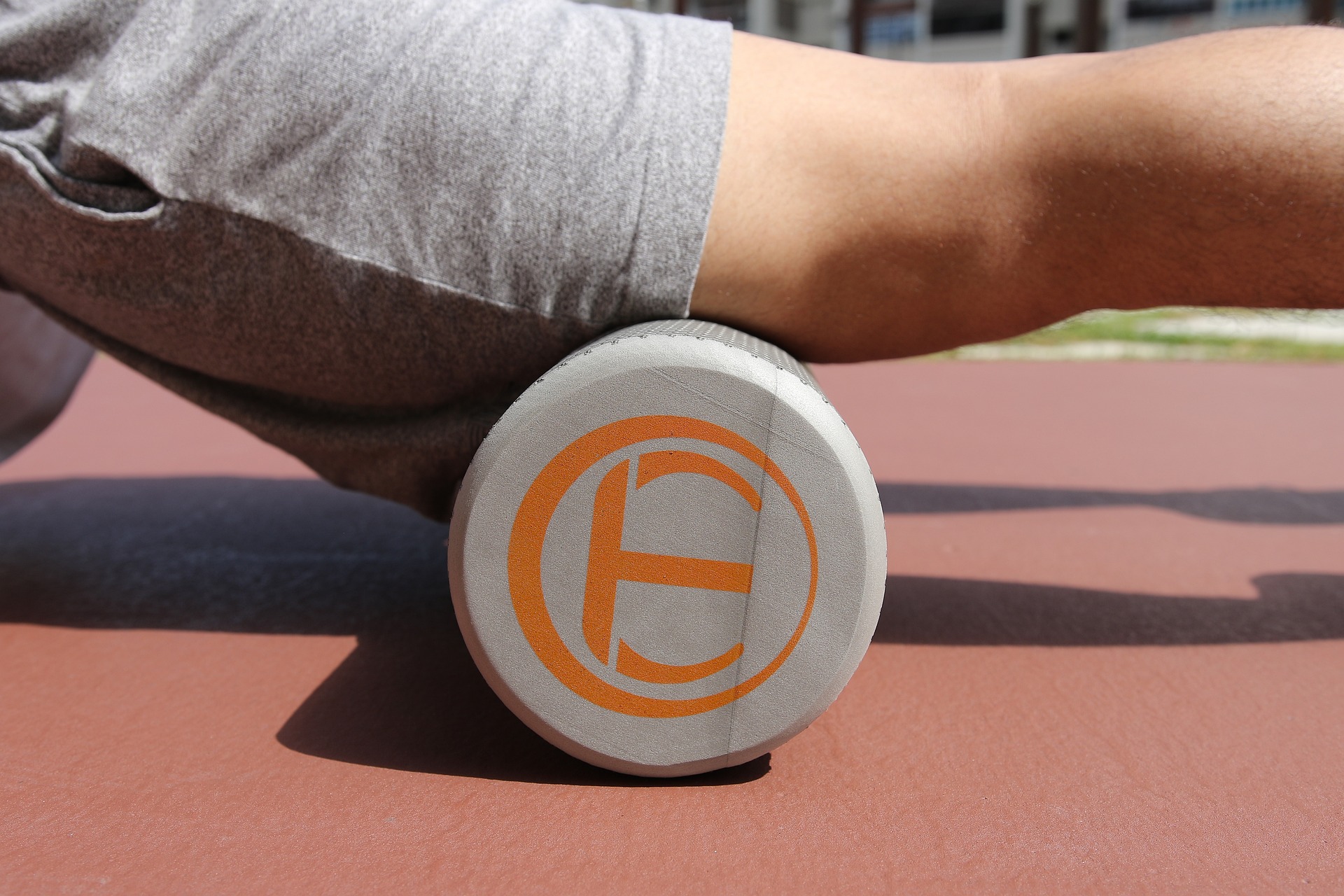How to prevent plantar fasciitis
Plantar fasciitis affects millions of people worldwide, causing debilitating heel pain that can significantly impact daily activities. Podiatrists emphasize that prevention is far more effective than treatment, as this condition can become chronic if left unaddressed. The plantar fascia is a thick band of tissue that supports the arch of your foot, and when it becomes inflamed or overstretched, it creates the characteristic sharp, stabbing pain typically felt during the first steps of the day.
Plantar fasciitis affects millions of people worldwide, causing sharp heel pain that can significantly impact daily activities. This condition occurs when the plantar fascia—the thick band of tissue that connects your heel bone to your toes—becomes inflamed due to repetitive strain or pressure. Prevention is always better than treatment, and with the right approach, you can protect your feet from this painful condition.
Understanding Foot Treatment for Plantar Fasciitis
Effective prevention begins with understanding how foot treatment works for plantar fasciitis. The plantar fascia is designed to absorb the stresses we place on our feet, but factors like improper footwear, sudden weight gain, or intense physical activity can overload this supportive structure. Prevention-focused foot treatments include maintaining a healthy weight, gradually increasing exercise intensity, and incorporating proper warm-up routines before physical activity.
Regular foot stretching is a cornerstone of prevention. Simple exercises like toe stretches, calf stretches, and plantar fascia-specific stretches can maintain flexibility in the foot structures. Additionally, avoiding prolonged periods of standing or walking on hard surfaces can reduce unnecessary strain on the plantar fascia.
Finding Foot Pain Treatment in Your Area
When early symptoms appear, seeking professional foot pain treatment in your area can prevent plantar fasciitis from worsening. Local podiatrists, physical therapists, and sports medicine specialists offer various preventive interventions. These professionals can provide personalized advice based on your foot structure, gait analysis, and activity level.
Local treatment options often include custom orthotics fitting, proper footwear recommendations, and tailored exercise programs. Many clinics also offer preventive therapies such as low-level laser treatment, ultrasound therapy, and specialized massage techniques that can help maintain foot health before severe symptoms develop.
Essential Supplements for Plantar Fasciitis Prevention
Certain supplements may help strengthen the connective tissues in your feet and reduce inflammation risk. Collagen supplements support tissue integrity throughout the body, including the plantar fascia. Vitamin C is crucial for collagen synthesis and tissue repair, while omega-3 fatty acids help manage inflammation that could lead to plantar fasciitis.
Glucosamine and chondroitin supplements are often recommended for joint health and may benefit the connective tissues in the foot. Turmeric and its active component curcumin have natural anti-inflammatory properties that could help prevent inflammatory conditions like plantar fasciitis. However, it’s important to consult with a healthcare provider before starting any supplement regimen.
This article is for informational purposes only and should not be considered medical advice. Please consult a qualified healthcare professional for personalized guidance and treatment.
The Role of Magnesium for Plantar Fasciitis
Magnesium plays a crucial role in muscle function and could be beneficial in preventing plantar fasciitis. This essential mineral helps regulate muscle contractions and relaxation, potentially reducing the risk of foot cramps and excessive tension in the plantar fascia. Magnesium deficiency is relatively common and may contribute to muscle tightness and increased vulnerability to strain injuries.
Incorporating magnesium-rich foods into your diet—such as dark leafy greens, nuts, seeds, and whole grains—can help maintain optimal levels. For those who struggle to get enough through diet alone, magnesium supplements are available in various forms, including magnesium citrate, magnesium glycinate, and topical magnesium oils that can be applied directly to the feet.
Effective Footwear Choices for Prevention
Proper footwear selection is perhaps the most important preventive measure against plantar fasciitis. Shoes with adequate arch support distribute pressure evenly across the foot, reducing strain on the plantar fascia. Look for footwear with cushioned soles that absorb shock, particularly if you spend long hours standing or walking on hard surfaces.
Many specialty footwear retailers offer professional fitting services to ensure you get the right support for your foot type. Features to consider include a supportive heel counter, proper toe box width, and a slight heel elevation to reduce tension on the Achilles tendon and plantar fascia.
Preventive Products and Their Average Costs
Investing in preventive products can be more economical than treating plantar fasciitis after it develops. Various options are available at different price points to suit individual needs and budgets.
| Preventive Product | Description | Average Cost Range |
|---|---|---|
| Over-the-counter orthotics | Provide general arch support | $20-$50 |
| Custom orthotics | Professionally fitted for your foot | $200-$600 |
| Supportive athletic shoes | Shoes with proper arch support and cushioning | $80-$150 |
| Night splints | Maintain foot stretch during sleep | $25-$100 |
| Foot massage rollers | Help release tension in plantar fascia | $10-$30 |
| Compression socks | Improve circulation and provide support | $15-$40 |
| Magnesium supplements | 200-400mg daily supplements | $10-$30 per month |
Prices, rates, or cost estimates mentioned in this article are based on the latest available information but may change over time. Independent research is advised before making financial decisions.
Daily Habits to Prevent Plantar Fasciitis
Incorporating preventive measures into your daily routine can significantly reduce your risk of developing plantar fasciitis. Start your day with gentle foot stretches before taking your first steps—this can be as simple as flexing and pointing your toes several times while still in bed. Maintain a healthy weight to reduce pressure on your feet, as excess weight is a common risk factor for plantar fasciitis.
Avoid walking barefoot, especially on hard surfaces, as this provides no support for your arches. Replace worn-out shoes regularly, typically every 300-500 miles for running shoes or every 6-12 months for everyday footwear. Taking short breaks to stretch during periods of prolonged standing or walking can also help prevent overuse of the plantar fascia.
Preventing plantar fasciitis requires a multifaceted approach that includes proper footwear, regular stretching, maintaining a healthy weight, and being mindful of foot mechanics during physical activities. By incorporating these preventive strategies into your daily routine, you can significantly reduce your risk of developing this painful condition. Remember that early intervention at the first sign of foot discomfort is key to preventing the development of chronic plantar fasciitis.





